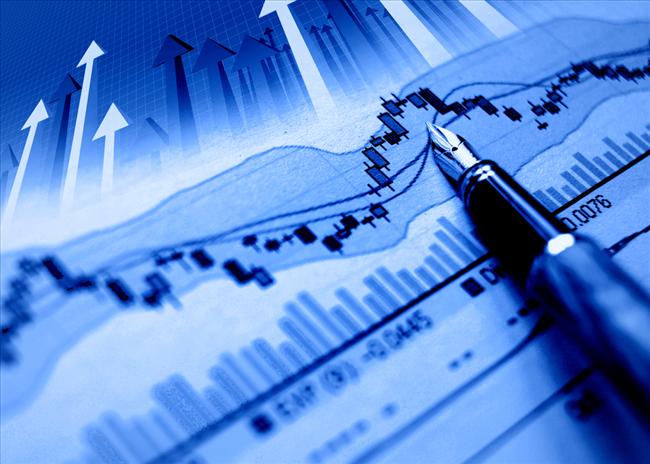 Using moving averages to assess trend direction is the oldest form of technical analysis and remains one of the most commonly used indicators. The primary benefit provided by a moving average is to reduce market "noise” that make it difficult to accurately interpret real-time exchange rate data. Moving averages are making easier for you to identify and authenticate potential market rate trends from the normal up-and-down rate fluctuations common to all currency pairs.
Using moving averages to assess trend direction is the oldest form of technical analysis and remains one of the most commonly used indicators. The primary benefit provided by a moving average is to reduce market "noise” that make it difficult to accurately interpret real-time exchange rate data. Moving averages are making easier for you to identify and authenticate potential market rate trends from the normal up-and-down rate fluctuations common to all currency pairs.
Moving averages are one of the most commonly used trend-following indicators available to forex traders. The value of a moving average is that it can show traders both the current direction of the trend as well as provide very effective support and resistance levels across all currency pairs. Although moving averages are lagging indicators, meaning that they show traders where price is in relation to historical price rather than predicting future movements, their importance is highlighted by their use in key indicators such as Bollinger bands and the MACD.
The moving average is a basic line indicator which appears on price charts moving roughly with the peaks and troughs of the price. It is based on a calculation taking in to account a set number of historical data from whichever timeframe it is applied to. For example, the 20 simple moving average takes the closing prices of the past 20 price bars and divides them by 20 to find the mean average. The number of bars included in the calculation will determine how responsive the moving average is to fluctuations in price.
The Moving Average is simply the last x period’s closing prices added together, and divided by the number of observed periods (x). When prices are trending higher, the moving average will reflect this by also moving higher. And when prices are trending lower, these new lower prices will begin to be factored into the moving average and it too will begin moving lower. While this averaging effect brings on an element of lag, it also allows the trader an ideal way of categorizing trends and trending conditions.
Traders often have the question of whether or not price is too high, or too low – but by simply looking at the average price for this candlestick (in consideration of the prices over the last x periods), the trader gets the benefit of automatically seeing the bigger picture. Many traders will take the indicator’s usage much further; hypothesizing that when price intersects with a moving average, some thing or the other might happen. Or perhaps traders will imagine that if two moving averages crossover, some special event may take place.







